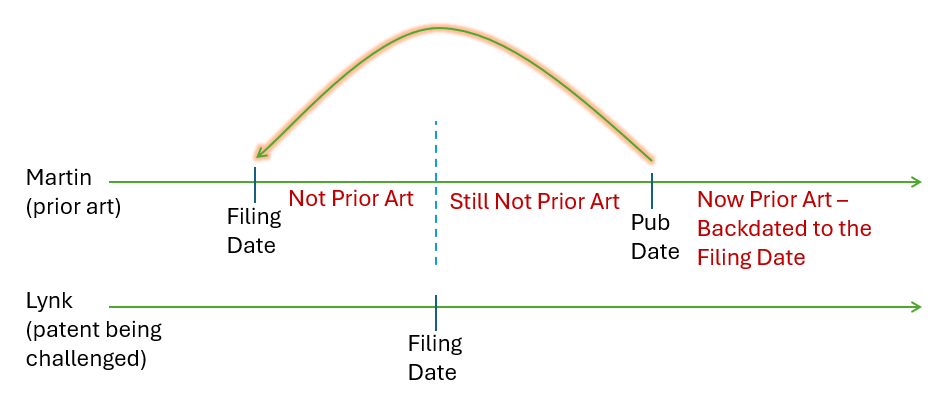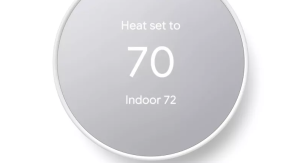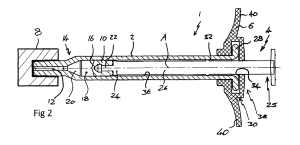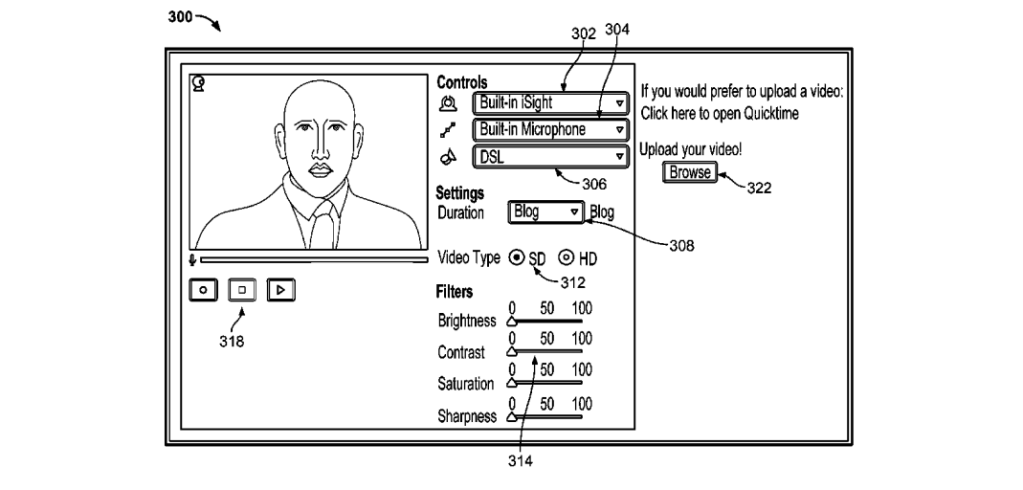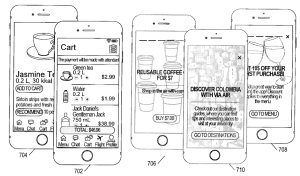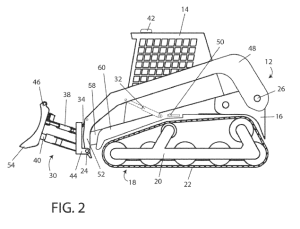by Dennis Crouch
The Federal Circuit is set to decide an important issue regarding the scope of prior art that can be considered during inter partes review (IPR) proceedings in the pending appeal of Lynk Labs, Inc. v. Samsung Electronics Co., Ltd. At issue is whether section 102(a)(2) prior art qualifies for use in an IPR proceeding because those applications were not yet publicly accessible until after the priority date of the challenged patent. This case has very significant implications because 102(a)(2) prior art is extensively used - especially in crowded and rapidly moving areas of technology. The question, is whether this type of 102(a)(2) prior art qualifies as a "patent or printed-publication" under the IPR limits of section 311(b). Note that the same issue is raised in another pending CAFC case VLSI Tech. LLC v. Patent Quality Assurance LLC, No. 23-2298 (Fed. Cir.).
The dispute stems from an IPR petition filed by Samsung challenging claims of Lynk Labs' U.S. Patent No. 10,687,400 ("the '400 patent") related to LED lighting systems. Samsung's petition relied upon a prior-filed patent application ("Martin") as a key prior art reference. (Application No. 10/417,735 subsequently published as U.S. Patent App. Pub. No. 2004/0206970). This prior application is not prior art under 102(a)(1) - because it was not patented or published until after Lynk's effective filing date. However, the prior application is prior art under the "secret springing prior art" provision of 102(a)(2), since it was on file prior to Lynk and then subsequently published. I refer to this as "secret springing prior art" because Martin was only secretly on file at the time Lynk filed its application - later, once Martin published it suddenly became prior art --back dated to the application filing date.
The PTAB instituted review and ultimately found the challenged claims unpatentable based in part on the Martin reference.
To continue reading, become a Patently-O member. Already a member? Simply log in to access the full post.
